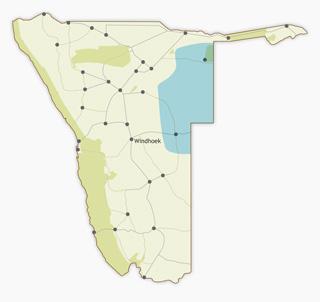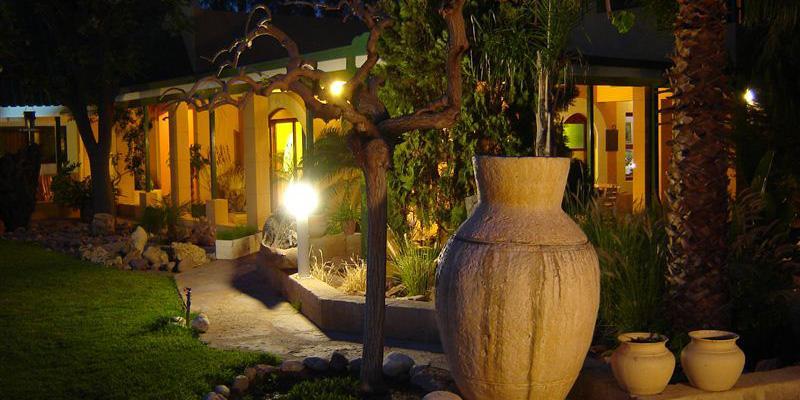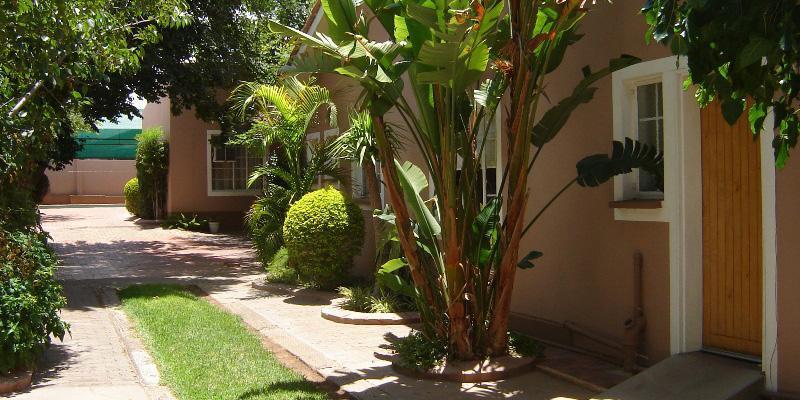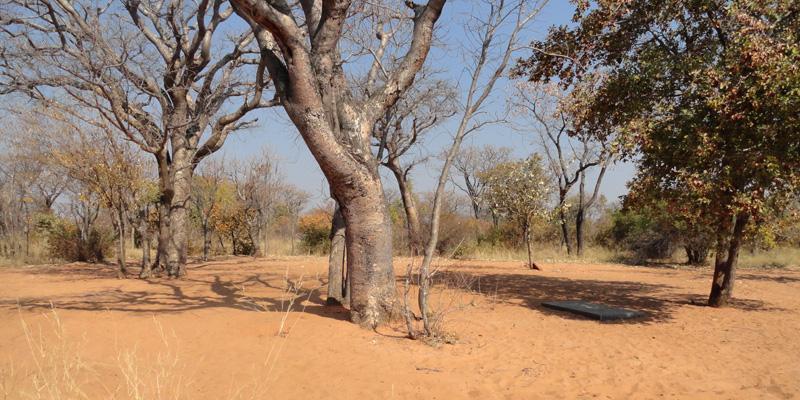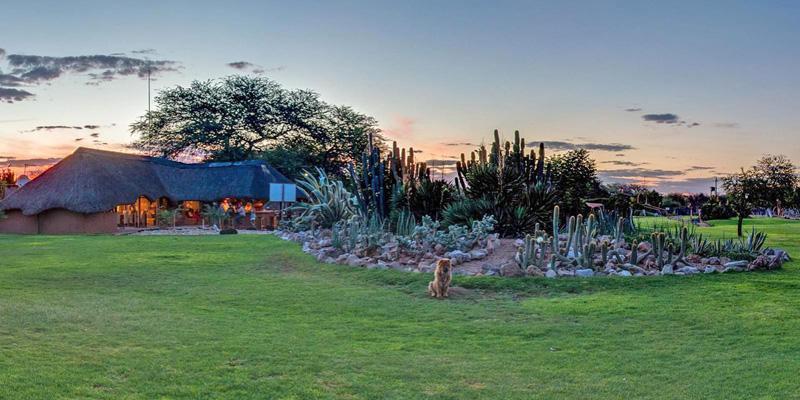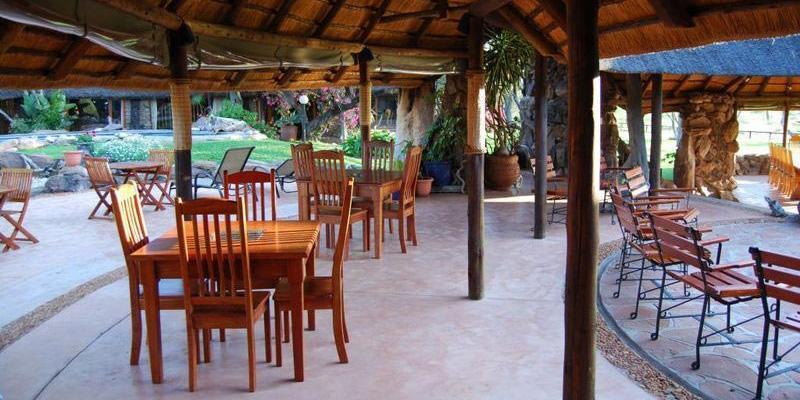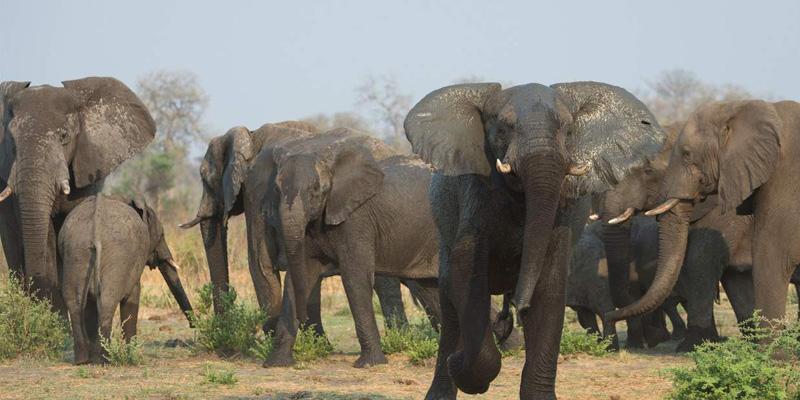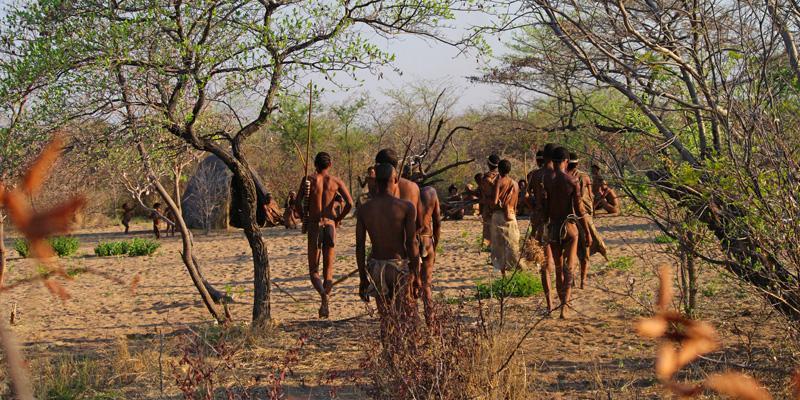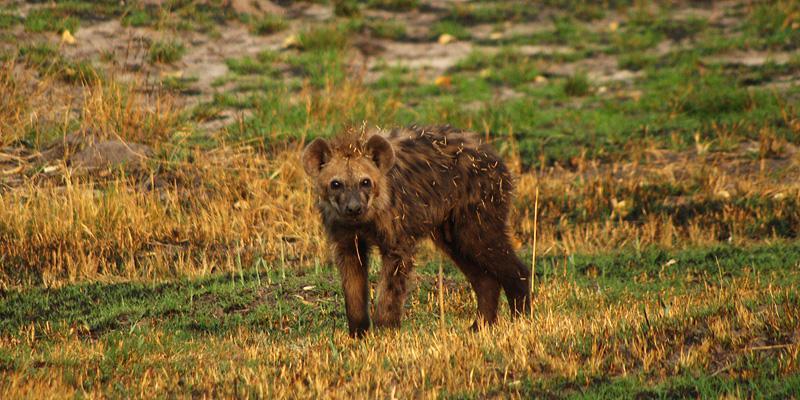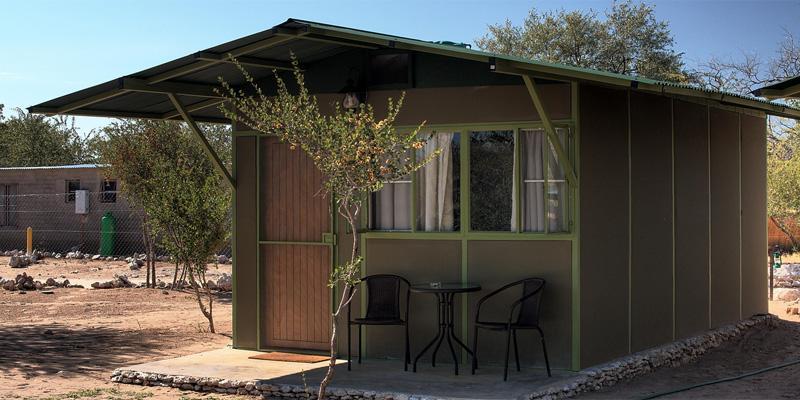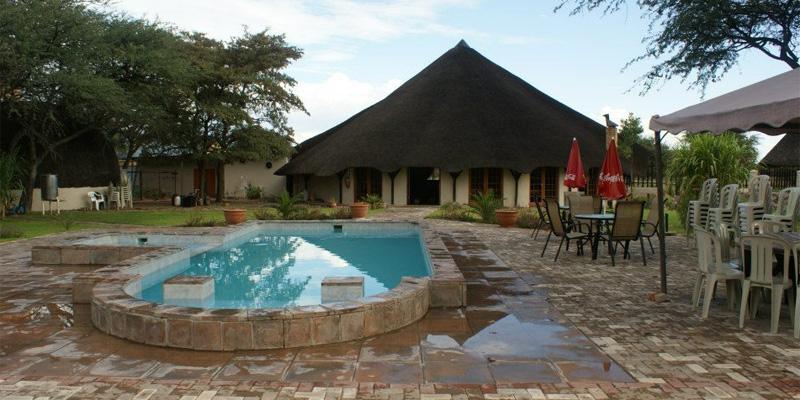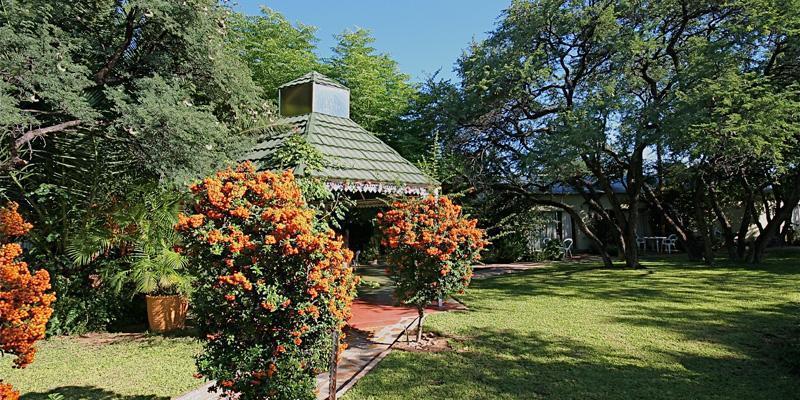Omaheke
The Omaheke region in Namibia
Politically spoken the Omaheke forms one of the 14 administration regions of Namibia. This website extends the Omaheke Region as geographical boundary between the Kalahari Region in the south and the Kavango Region in the north, fully aware of the fact that the Omaheke is part of the Kalahari.
The Omaheke Region includes vast parts of eastern Namibia, from the region around the town Gobabis in the south up to the Khaudom National Park in the north. The region is inhabited by many different language groups. Historically it is home to the San (Bushmen), who are the indigenous people of Namibia, and the Herero, who moved down from the Kaokoveld and inhabited the area around the 18th century.
Climate in the Omaheke
Like in the more southern Kalahari extreme climatic fluctuations can occur in the Omaheke. During summer temperatures of 40°C can easily be reached, whilst in winter night frost can be expected. Rainfalls of 300 mm – 500 mm annually can be expected, which is quite a lot compared to the western parts of Namibia.
Flora and Fauna of the Omaheke
The Omaheke is characterised by its savanna landscape, mix of bush land (dry and thorn bush savanna) and thick woodland. Parts of the Omaheke suffers from bush encroachment. Especially in the Tsumkwe area, the capital of the San, the region is very divers in flora and fauna. In the Khaudom area more than 230 bird species are found and about 90 mammal species. These include elephant, African wild dog, lion, leopard, roan antelope and giraffe – just to mention a few of them.
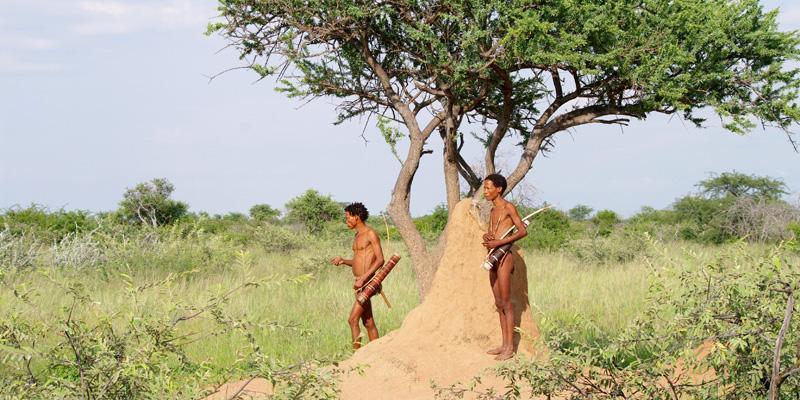
Highlights in the Omaheke region
Here we provide an overview of activities, highlights and sights of the omaheke region., the large "Sand veld" in the east of Namibia. The wild Kaudom National Park offers a remote top class 4x4 adventure. The Livin gMuseums of the San are great destinations for people with an interest in indigenous people. The Wildlife Foundation is a sanctuary for wild animals.
More ...
Accommodation in the Omaheke region
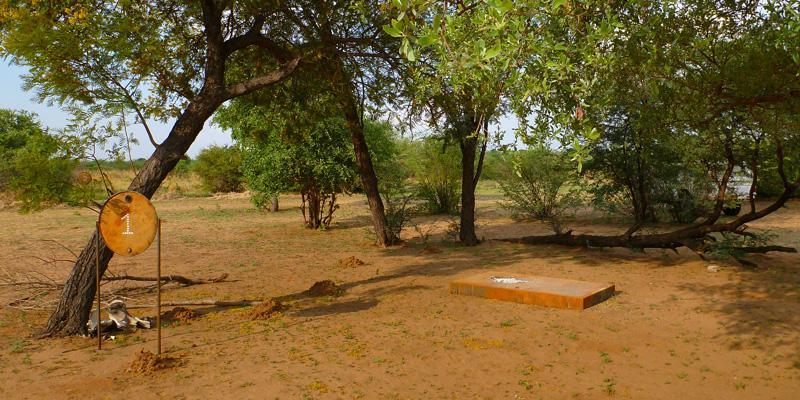 Campsite No. 1 © Elephant Song Campsite
Campsite No. 1 © Elephant Song Campsite




